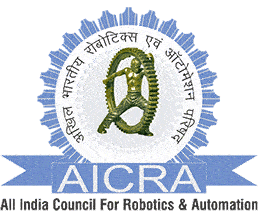- Blockchain and Real-World Asset (RWA) Tokenization: Explore how blockchain technology is used to tokenize real-world assets, such as real estate, art, and commodities, converting them into digital tokens that can be traded and managed on a blockchain.
- Auditing Blockchain Transactions: Discuss the challenges and methodologies for auditing blockchain transactions, including the verification of smart contracts, transaction histories, and the unique aspects of decentralized ledger technology.
- Regulatory Compliance and Blockchain: Cover the regulatory landscape for blockchain and tokenized assets, focusing on compliance with existing financial regulations, anti-money laundering (AML) requirements, and Know Your Customer (KYC) processes.
- Risk Management in Blockchain Implementations: Delve into risk management strategies for blockchain implementations, addressing operational risks, cybersecurity concerns, and the management of private keys and wallets.
These topics aim to provide a comprehensive understanding of the intersection between blockchain technology and the auditing processes for real-world assets.

